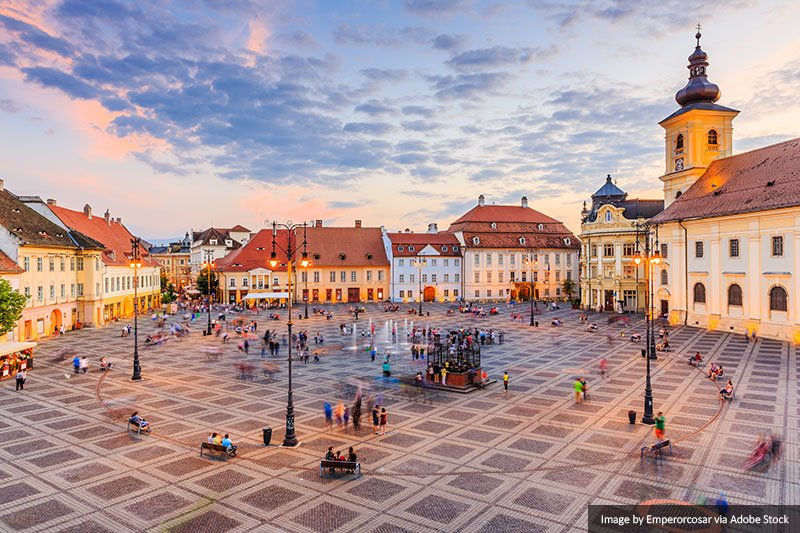
Bucharest D21 Cohort
Introduction
Earthquakes
Since 1990, earthquakes have claimed an average of 27,000 lives worldwide each year (Guha-Sapir, 2011). Beyond loss of life, earthquakes have lasting economic and emotional impacts (Armaș et al., 2017) and can cause major structural damage, weakening or destroying buildings and infrastructure. Damage to roads, power grids, and plumbing can hinder relief efforts and leave affected populations without necessary utilities (Magda, 2019). The term earthquake hazard refers to the physical phenomena that result from seismic activity, and the term risk refers to a region’s vulnerability to these hazards and capacity to recover from them. While all individuals within a region may experience a similar earthquake hazard, the ability for individuals to prepare for and recover from earthquakes depends upon social and economic factors.
The Balkan peninsula


The Balkan Peninsula is particularly susceptible to earthquakes as it sits between the African, Indian, small Cimmerian, and Eurasian tectonic plates (Bala et. al, 2015). Throughout their history, countries within the region have experienced major earthquakes, with earthquakes occurring as recently as 2019 in Albania and 2021 in Croatia (USGS, 2021). Within northern Romania, the Vrancea region experiences frequent seismic activity that can result in major earthquakes throughout the Balkan Peninsula (Bokelmann, 2014). Earthquake risk across the peninsula varies based on the vulnerability of the natural environment and man-made structures. Several areas within the Balkan Peninsula have high earthquake risk, including cities where higher population and building density, expansive infrastructure, sub-standard construction and corruption during periods of expansion, and socio-economic and political variables increase susceptibility to loss.
Map of Balkan Peninsula from https://www.thoughtco.com/where-are-the-balkan-states-4070249
Bucharest

Located 150 kilometers southwest of the Vrancea seismic zone, experts have identified Bucharest, the capital of Romania, as “the most earthquake prone capital in the European Union” (Armaș et al., 2017). Previous studies have examined how specific characteristics of Bucharest contribute to its high earthquake vulnerability. The city’s historical and outdated architecture and infrastructure are among these factors. Buildings that citizens constructed prior to 1940, before the first modern major earthquake in Romania, account for over 20 percent of the city’s building stock as of 1992 (Lungu, 2000). As Bucharest has experienced two major earthquakes since 1940, it is likely that these buildings have accumulated damages from past seismic activity that make them even more vulnerable (Sumbasacu, see Appendix E for full interview transcript). Moreover, approximately 50% of the city’s structures originated from systematization plans during the communist regime (1947-1989) with few being strengthened after the fall of communism to meet current standards of quality and safety (Bachman, 1989; Lungu, 2000).
Image of Hotel Cișmigiu from https://www.romania-insider.com/p-what-can-business-travelers-and-tourists-visit-downtown-bucharest
Goal
to evaluate the earthquake vulnerability of specific religious and ethnic groups within the city of Bucharest to determine the extent to which preparedness varies across these different groups.
Background Image from https://www.travelanddestinations.com/the-best-places-to-visit-in-romania/